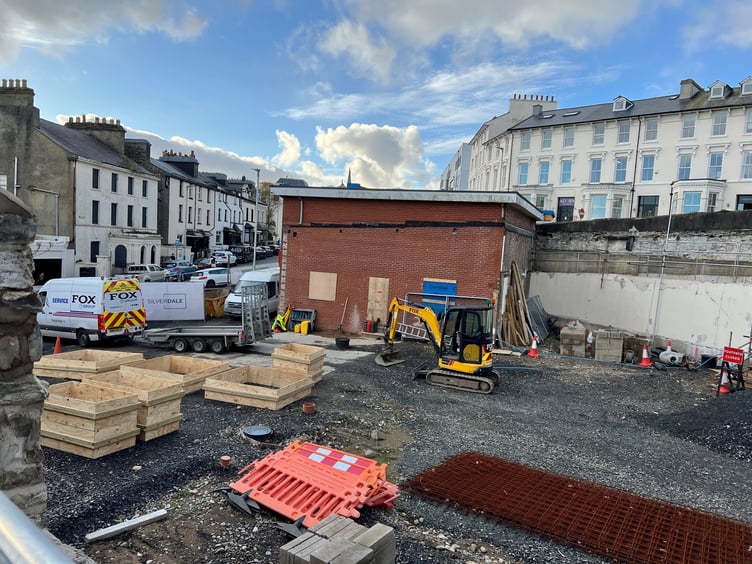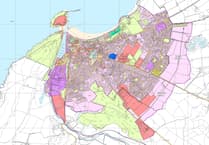The work to convert Removals House into a place of worship was halted in August after the planning committee rejected its application amid concerns over buildings on the site being demolished without consent.
Planning chair Rob Callister described it as the ‘worst abuse’ of planning regulation and legislation he had seen.
But now work has begun again on Finch Road.
This came after a new application (25/90850/MCH) was permitted under delegated powers by the principal planner who accepted it was a minor change to the application that was originally approved back in July last year.
In a decision made on October 10, he said: ‘The additional demolition is not considered to change the basis of the original approval.’
The demolition at the Finch Hill site - carried out without planning consent but then approved retrospectively - has enabled what would have been a split-level ground floor to be a single-level one instead.
The original application was for the renovation and conversion of the former music shop on Finch Road.
But the works as carried out saw the complete demolition of two of the three linked buildings.
Living Hope submitted an amended application for Removals House (PA25/90568/B) following an investigation into concerns that demolition had been carried out without planning consent.
In a covering letter submitted as part of the new application, the project’s architects said a section of wall had been ‘over-demolished’ due to structural concerns.
Living Hope Community Church Ltd also applied for registered building consent for the demolition (25/90568/B).
But while the planning committee approved the demolition, it unanimously refused the main application.
A ‘minor changes’ application was then submitted and it was this which was approved on October 10.
It includes amendments to internal floor levels and external terrace levels with associated entrance steps and ramps, and alteration to rear site bank retention.
In a cover letter, the applicant’s architects said: ‘The proposed amendments represent an improvement for building users, particularly those with ambulant or accessible needs.
‘Following on-site demolition and a review of ground conditions by the civil and structural engineer, it was determined that it is viable to achieve a single-level internal space.’
The planning officer accepted that the minor change application did not significantly increase the size, scale or nature of the development.
He said: ‘The appearance of the proposed building does not change.
‘The change from retention walls to gabion baskets does not have a new impact. The alteration to internal floor space does not drastically change the number of people that can be accommodated in the main space.
‘These alterations are minor in the context of the entire proposal, and the intensity of the proposed use remains unchanged - therefore, the changes made can be considered minor.
‘The basis of original approval remains wholly the same in its entirety - therefore, the additional demolition is not considered to change the basis of the original approval.’




.jpeg?width=209&height=140&crop=209:145,smart&quality=75)